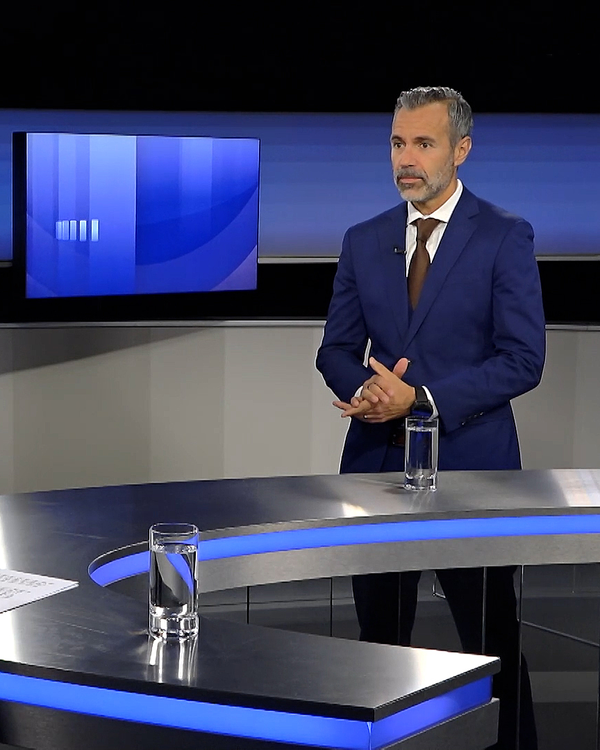How sustainable is the Fed's pre-Christmas gift?
With the prospect of interest rate cuts in the near future, the US Federal Reserve has given the stock markets a pre-Christmas present. We are taking this price momentum with us, but remain sceptical.

November and December are seasonally good months for the stock markets; in the past 20 years, they have only been negative five times each. This year, this effect was particularly pronounced with a gain of nine per cent in November and around three per cent in December. With this knowledge, we had already toned down our fundamentally cautious stance somewhat.
Soft landing without collateral damage?
Almost everywhere that central banks have raised interest rates in the past two years, the market is now expecting the majority of these interest rate hikes to be reversed. The US Federal Reserve, which has already held out the prospect of three interest rate cuts for 2024, has played a significant role in this. The futures markets are expecting the first rate cut as early as next March. The successes in combating sharply rising consumer prices have paved the way for this, but further bottlenecks, for example in the labour market or the housing market, have not been eased. Whether the central banks will actually succeed in normalising price pressure and inflation expectations without any damage will only be known in the course of the first quarter on the basis of economic indicators. However, a soft landing is now fully priced in.
Critical phase expected
We remain sceptical and expect a critical phase in the first half of the year with price losses on risky investments such as equities and low-rated bonds in the wake of less positive economic figures. In the meantime, however, the price momentum and confidence in the market are unlikely to decline significantly without external influence. That is why we want to take this momentum with us by increasing our equity allocation to neutral and are swimming with the tide for the time being. If the hopes are confirmed, global small caps, for example, would benefit to an above-average extent.
How do we currently assess the financial markets and how are we positioned?

- With a P/E ratio of 19, global small caps are currently valued similarly to large caps. Historically, these have traded at a premium.
- By the end of October, small caps had underperformed by a hefty eleven per cent. Now the race to catch up has begun.
- We originally planned to buy small caps in the second half of 2024, but we are now bringing this decision forward due to the current market situation.

- The Norwegian krone has lost around 25 per cent against the Swiss franc since 2022. This was due to falling income from oil production as a result of lower oil prices and stubborn inflation (4.8 per cent).
- In the meantime, we believe it is only a matter of time before the restrictive monetary policy (4.5 per cent key interest rate) will have an effect, so we are investing in NOK-denominated short-term bonds.
- In return, we are selling Australian government bonds, which have benefited from the recent fall in yields (six per cent in local currency since November plus one per cent currency appreciation).

- US government bonds have benefited significantly from the verbal turnaround in monetary policy. For example, yields on ten-year maturities fell to below four per cent, compared to five per cent at the beginning of November.
- The market has now priced in a lot for USD interest rates. We therefore favour other currencies (such as EUR and GBP).
- In particular, we are also investing in bonds with inflation protection, as these now factor in inflation close to two per cent, i.e. as low as in the low price phase before Covid.
Tactical Asset allocation in January 2024



